Home Cctv Security Systems Reviews
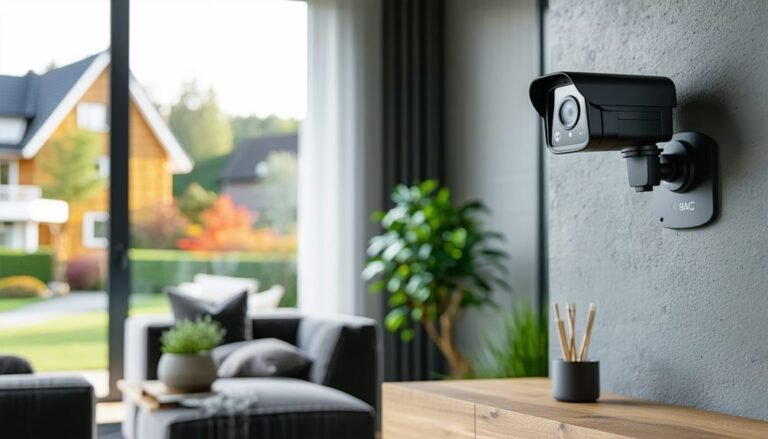


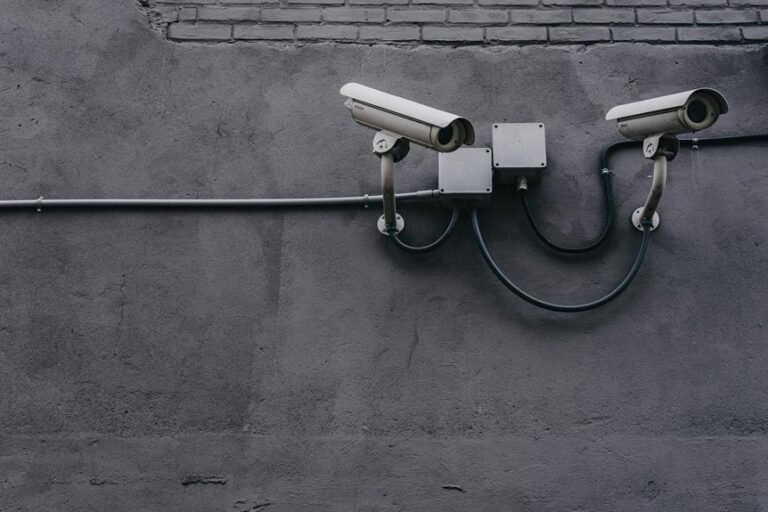
Comparing CCTV and VSS, CCTV transmits video to specific monitors in a confined area, making it ideal for static surveillance. VSS, on the other hand, offers remote viewing, digital storage, and higher resolution. CCTV is easy to install, often cheaper,…

To guarantee your security cameras function at their best, you need a fast and stable internet connection. Higher resolution cameras require more bandwidth, so opt for a high-speed plan and consider compression techniques to manage data usage. Each additional camera…

To set up a live outdoor webcam, start by choosing a high-resolution webcam compatible with your hardware. Pick a stable, unobstructed location for mounting and consider weather protection. Make sure you have a reliable power supply, using options like battery…
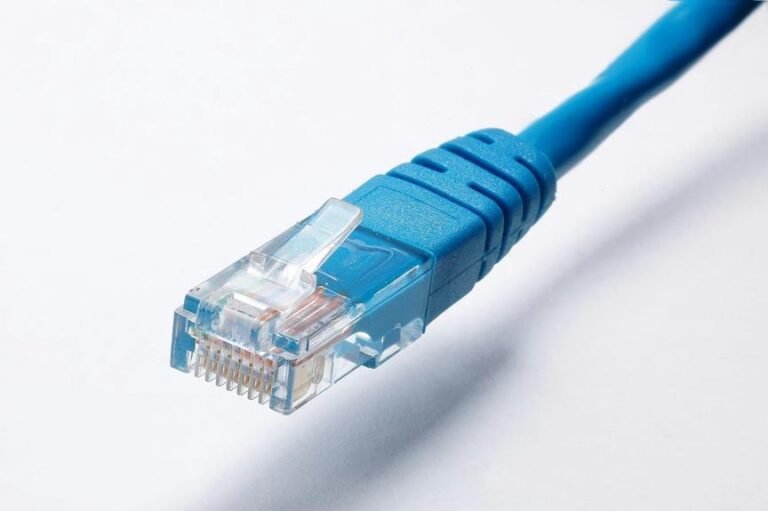
Crimping an Ethernet cable is easy if you follow these steps. First, gather tools like a crimping tool, wire stripper, and cable tester. Cut and prepare the cable. Carefully strip the outer jacket without damaging the wires. Untwist and straighten…
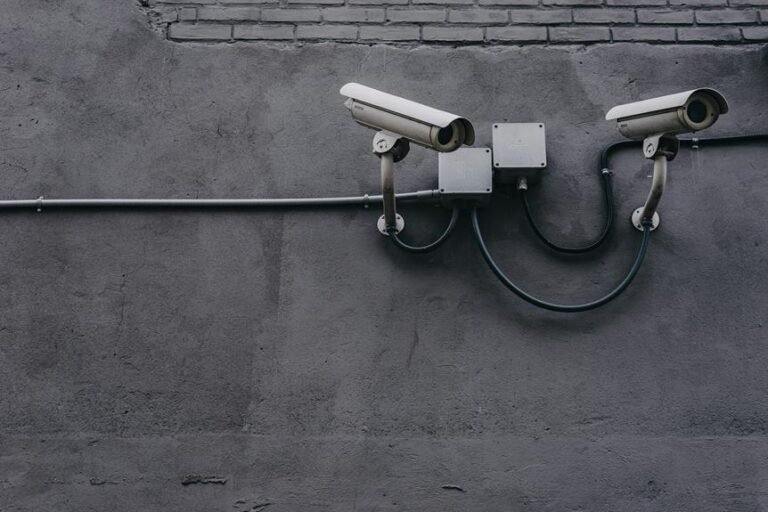
Looking to boost your home security? Consider these top five door intercoms with cameras. The Ring Video Doorbell Pro 2 offers high-definition video and smart home integration. Nest Hello impresses with sharp video quality and seamless Google Nest integration. The…

Installing your WiFi camera is straightforward. First, unbox it and confirm all components are present. Then, choose the ideal spot for maximum coverage. Mount the camera securely and connect the power adapter, ensuring all cables are well-managed. Once powered up,…
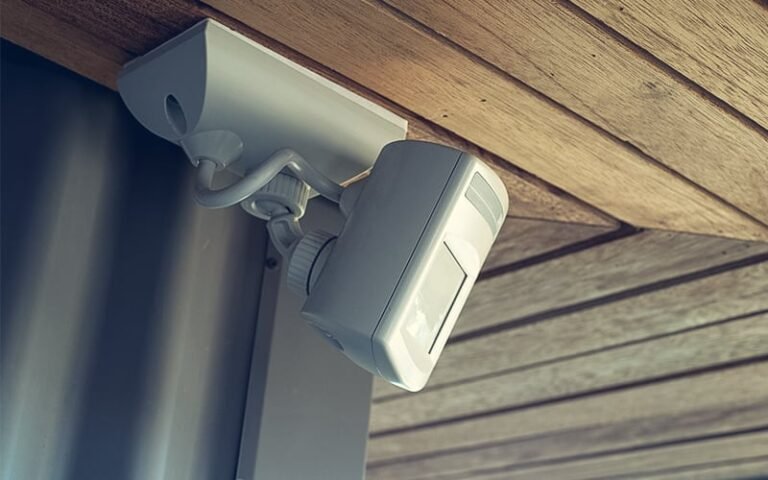
Yes, some motion detectors do have cameras. These integrated units combine movement detection with video surveillance to help boost security. Traditional motion detectors sense movement through infrared, ultrasonic, or microwave signals, but motion detector cameras go a step further by…
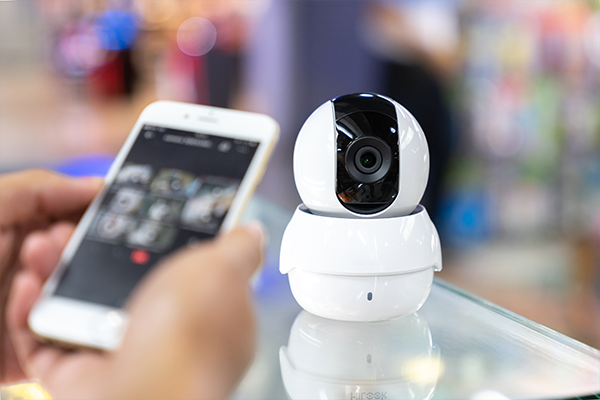
You’ll need anywhere from 2 to 16 Mbps per security camera, depending on factors like resolution, frame rate, and compression settings. Higher resolutions like 1080p and especially 4K will demand more bandwidth. Opting for motion-triggered recording over continuous recording can…